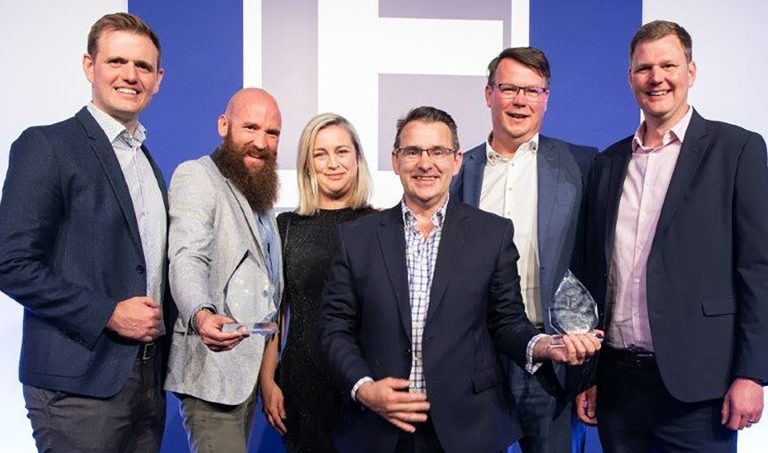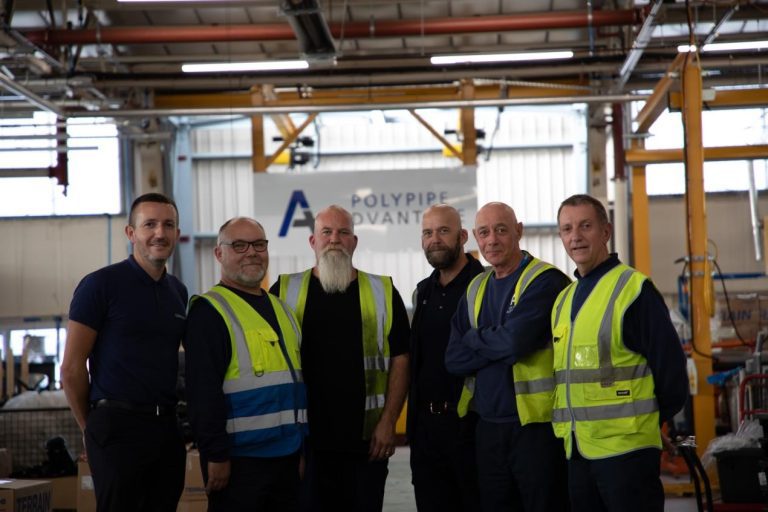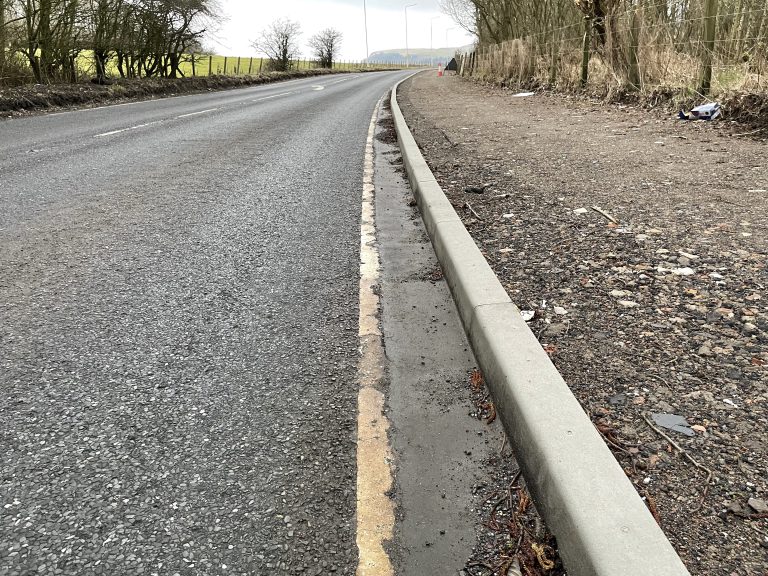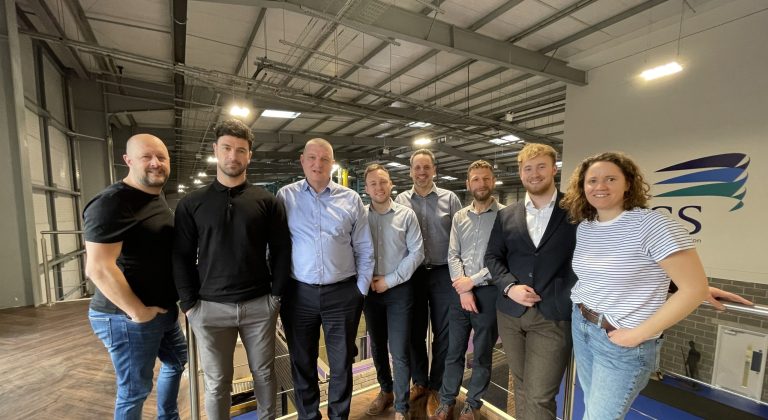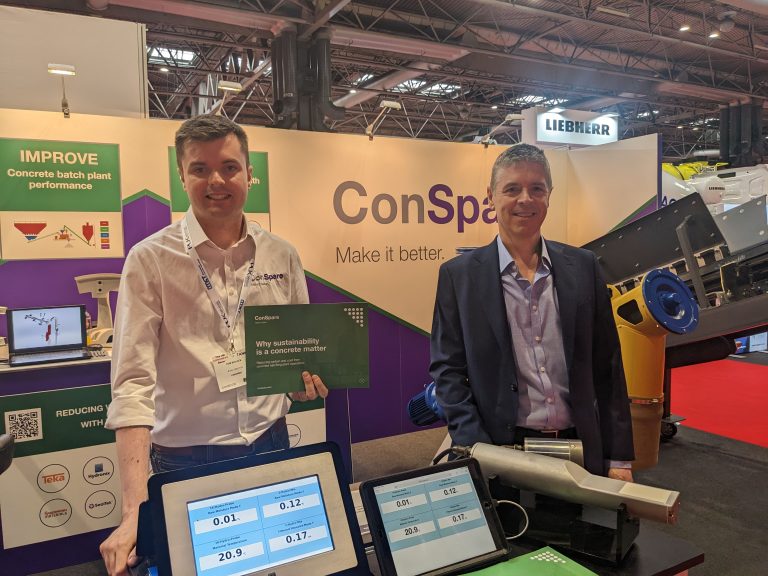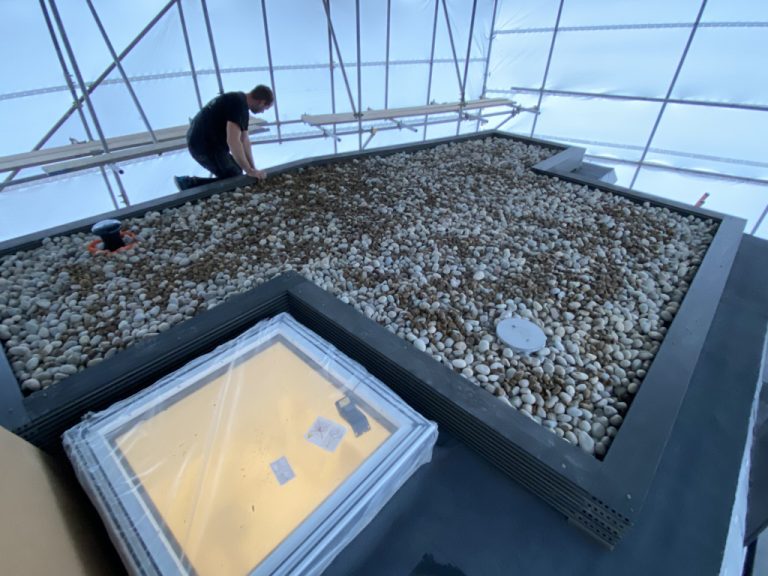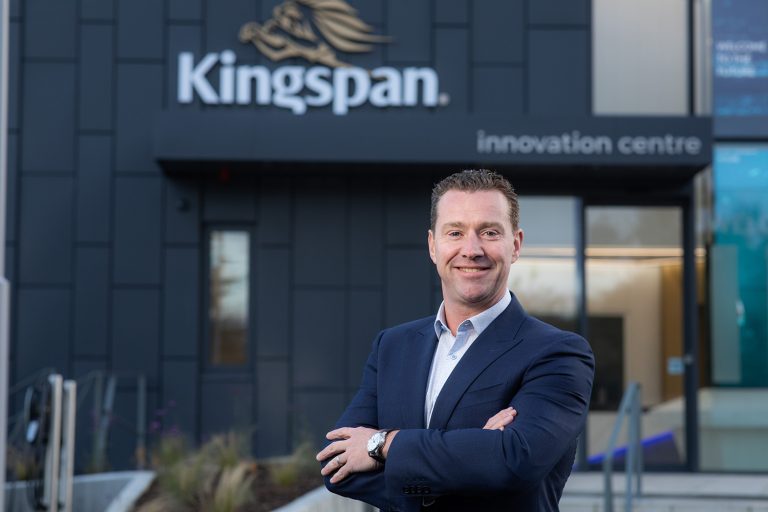Kingspan Group, the global leader in high performance insulation and building envelope solutions, has today released its third annual report for its 10-year sustainability programme, Planet Passionate. 2022 marked another milestone year for the programme, as Kingspan unveiled a 26% reduction in absolute scope 1 and 2 GHG emissions relative to its 2020 base year marking significant progress against its target of a 90% reduction by 2030, that it had completed over 100 Planet Passionate projects in 2022, and that, as of January 2023, it has implemented an internal carbon charge of 70€/tCO₂e.[2] In addition, the estimated emissions savings benefit from Kingspan insulation systems sold in 2022 is 173 milliontonnes of CO2e, enough to power a major airline for 15 years.[3] Other key highlights: The Group also continues to make efforts to progress towards its verified science-based target to reduce absolute scope 3 GHG emissions by 42% by 2030, as it continues to pursue its decarbonisation strategy for its key raw materials from its upstream supply chain. By collaborating with suppliers on absolute carbon reductions across its value chain, Kingspan aims to reduce the carbon intensity of its key products and make progress towards its target of a 50% reduction in product CO₂e intensity from its primary supply partners by 2030. As Kingspan looks to put absolute carbon reductions at the centre of its Planet Passionate programme, the Group has introduced an internal carbon charge across its global business as of January 2023. The starting price will be 70€/tCO₂e (scope 1&2 GHG emissions, excluding process and biogenic emissions). The incorporation of Derbigum into the Kingspan Group, as part of the new Roofing and Waterproofing Division, is a notable highlight as the Group looks to lead the way in circularity in roofing and waterproofing. Derbigum’s “No Roof to Waste” enables the collection and recycling not only of production waste and cut-offs, but of old roofs, which are fully recycled; an exciting scheme which aligns with Kingspan’s portfolio of Planet Passionate programmes. The Group also completed the acquisition of Troldtekt in March 2022, a Danish producer of acoustic insulation containing wood fibre, marking Kingspan’s first significant step into the ‘bio-based insulation’ category. As in the two previous editions of the Planet Passionate Report, the Group has demonstrated substantial progress against the majority of the programme’s targets in carbon, energy, water and circularity. These include: Energy: An increase in the direct use of renewable energy from 19.5% to 33.4% relative to the 2020 base year as the Group aims to meet its target of 60% direct renewable energy by 2030. In 2022, the Group also implemented an increase in the percentage of wholly-owned facilities with solar PV up to 35.2% from 21.7% in the 2020 base year. Carbon: Significant investment in the reduction of embodied carbon in the Insulated Panels division following the launch of Quadcore LEC, a product which demonstrates a circa 17% reduction in embodied carbon (in life cycle modules A-C) when compared with the existing product. Quadcore LEC will be formally launched in the first-quarter of 2023. The Group has also seen an increase in the percentage of conversions to zero emissions company cars from 11% in the 2020 base year to 58% in 2022. Circularity: A reduction in company waste to landfill of 7,814 tonnes, as well as recycling 803 million PET bottles into its manufacturing processes in 2022 as the Group makes significant inroads into its target of 1 billion annually by 2025. Water: In 2022, the Group announced its third partnership project with clean tech start-up ClearbotTM, as it remains on track to complete five ocean clean-up projects by 2025. The Group also harvested 26.1 million litres of rainwater in 2022, an increase of 25.9% relative to the 2020 base year, as it remains on track to harvest 100 million litres annually by 2030, to help reduce the Group’s impact on local water supplies. Gene Murtagh, CEO of Kingspan Group, said: ‘As a Group, Kingspan remains steadfast in our commitment to help accelerate progress towards a net zero emissions future. In 2022, we again made significant progress towards most of our Planet Passionate targets. Since 2020, we have reduced our absolute scope 1 &2 GHG emissions by 26%, doubled our rainwater harvesting capacity and reduced our landfill waste by 42%. I am immensely proud to see our Planet Passionate programme evolving and maturing and I am confident that our talented and passionate teams across our business will do their utmost to help Kingspan play a key role in the transition to a net-zero emissions built environment.” Bianca Wong, Head of Sustainability of Kingspan Group, said: ‘As we conclude the third year of the programme, it’s fantastic to see the wholehearted commitment of our all across the Group to help achieve continued annual progress towards our ambitious Planet Passionate targets. It’s a testament to the enduring efforts of our colleagues that we completed over 100 projects in 2022. We will continue to build on our progress to date and aim to further accelerate our strategies in the coming years.’ Building, Design & Construction Magazine | The Choice of Industry Professionals
